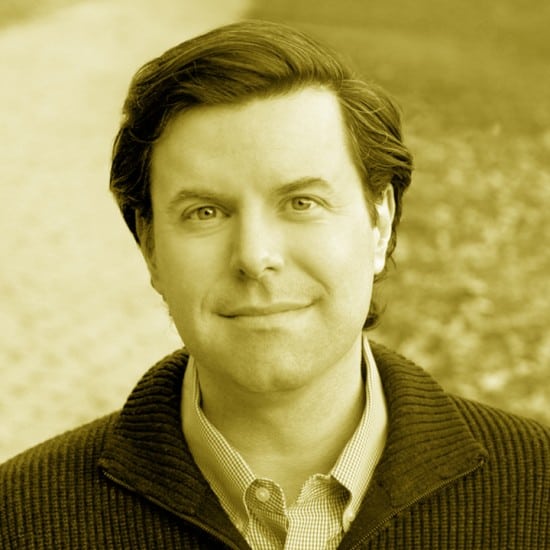Charles Duhigg is the author of The Power Of Habit. He’s also a New York Times staff writer.
His book, The Power Of Habit, has changed the way we think about habits. Get ready for some great leadership lessons from Duhigg.
We’re living in a golden age of how habits work and what affects our brains. This session may go very well with Dr. Caroline Leaf’s session yesterday.
There was once an experiment done with rats. The scientist took multiple rats and implemented brain activity sensors into their brains. After the rats recovered, the rats were placed into a maze 150 different times to see how their brains would react.
The scientists discovered something amazing. After the 150th time, the rat’s brain almost shuts down as it repeats the same thing and at the end the brain kicks back on.
The lull the rat’s brain does during the maze is almost like the rat had fallen asleep. Scientists are seeing that when we repeat our habits it’s almost like we’ve fallen asleep.
As we develop habits, we fall into a similar brain wave pattern. That’s why you can drive to work and when you arrive at work, you often don’t remember how you got to work.
We can easily setup habits that will help us improve our lives. Whether it’s setting our running shoes next to our bed at night so you go running in the morning or if you putting your phone away at night so you can’t easily check emails in the morning, we can use simple cues to trigger positive habits.
Habits only take hold if the reward is actually rewarding to the person you’re trying to influence. The reason for change is emotional. Too often we go for the logical reasons.
How Do You Implement Change?
Starbucks is the example. The question we’re asked is what does Starbucks sell? The crowd erupts with an answer: COFFEE!
Duhigg quickly kills the idea that we’re buying coffee when we go into Starbucks. Starbucks doesn’t sell coffee. Coffee sells a customer experience.
You walk into the store, the lights are dimmed. There’s some mood music playing. There’s an experience happening.
But something bad happened. A Starbucks employee who had a rough night, long shift, and a lousy customer made a bad decision. He wrote an inappropriate word on the side of Vicki’s cup and she took it to the news.
This could have destroyed Starbucks but they decide to figure out what happened and why.
They begin to realize the people they’re hiring are young and their willpower hasn’t been developed well. They know something must change.
Duhigg next brings up the marshmallow experiment. This is the scientific experiment where children were given the choice to eat a marshmallow right away or to hold off for 10 minutes and get a second marshmallow. Not many kids succeeded.
Using this study, Starbucks rewrote their work manuals. Their manuals became about forming habits. They even created the Latte Habit Loop.
Their training began to focus on creating positive habits. Not only positive habits but life skills that will carry over to life.
Starbucks teaches their employees on how to deal with angry customers. Starbucks teaches their employees how to deal with things when they go wrong.
People will experience issues like these throughout their lives. We all have customers in our lives. These customers won’t always be happy. Our interactions won’t always go as planned. Yet if we know how to deal with people and our situations, things begin to change.
The most powerful rewards can tame our emotions. Finding this is the key to implementing change. Help your team to learn how to identify the cues and rewards that will make them better.


Please note: I reserve the right to delete comments that are offensive or off-topic.